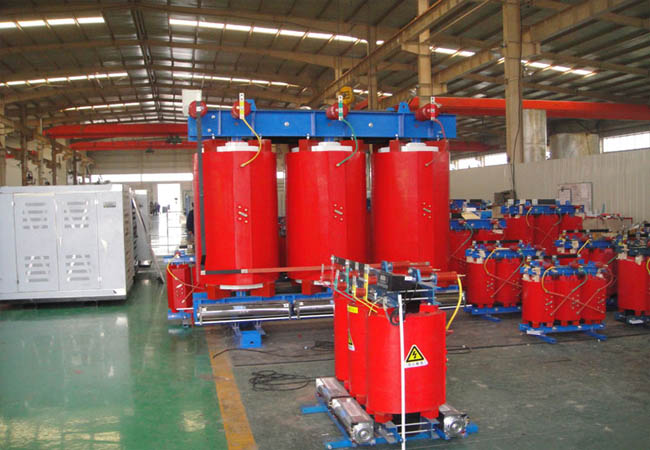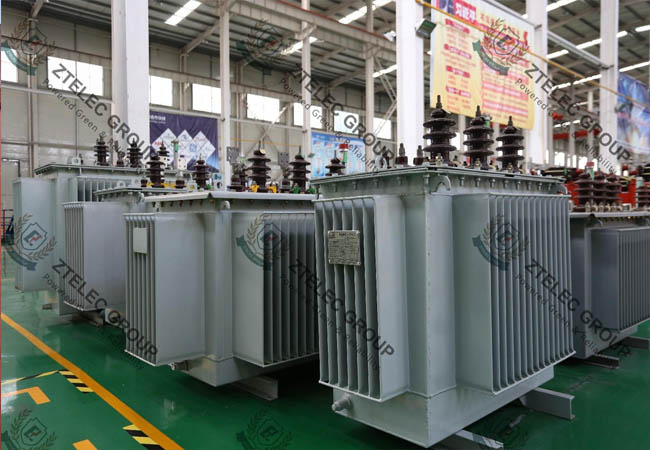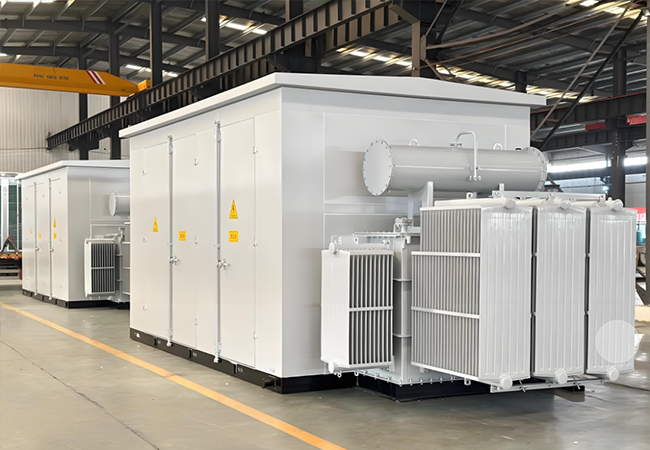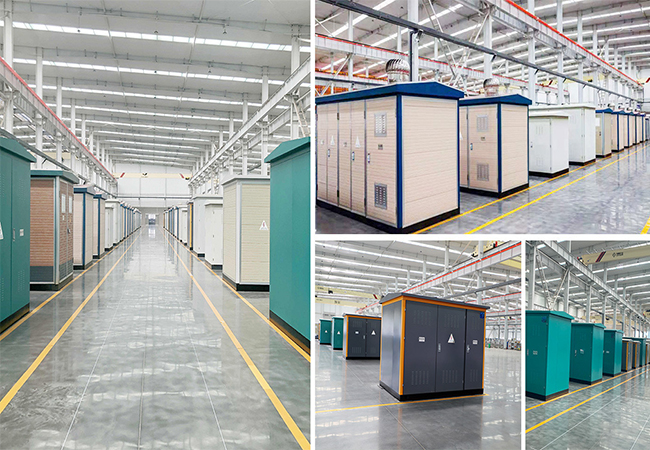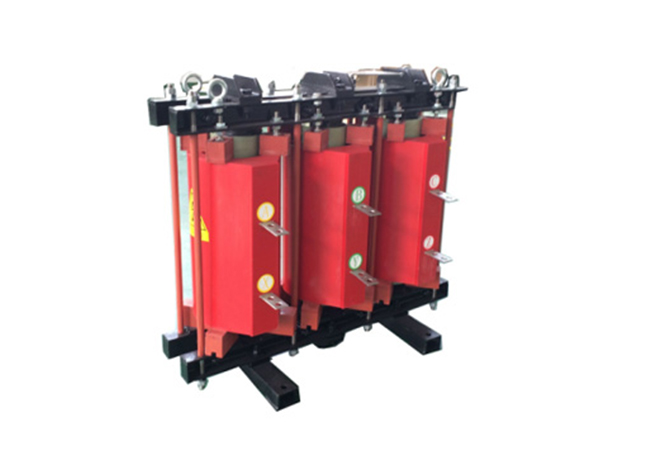How To Choose The Capacity Of The Transformer
10-16 2024 | By:
How to buy the right transformer? It is very important to choose the transformer capacity, which directly affects the stability, efficiency and safety of the power system. The appropriate transformer capacity can ensure that the current and future load requirements are met, and avoid equipment damage and energy waste caused by overload or underload. The correct capacity selection helps to optimize operating costs, extend equipment life, and provide reliable power supply to ensure normal production and living order. The following are some main steps and precautions for selecting transformer capacity:
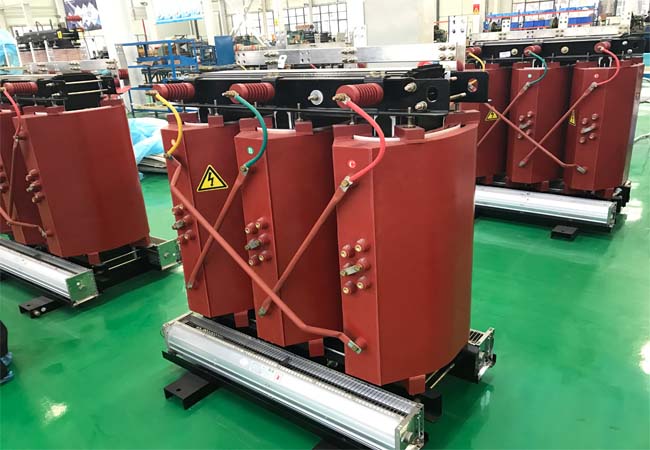
ztelecgroup transformer
Step 1: Determine load requirements
1. Calculate the total load:
List all electrical equipment and their rated power (KW or KVA).
Calculate the maximum load of each device and consider the possibility of simultaneous operation.
2. Consider the load type:
Distinguish different types of loads, such as lighting loads, power loads, inductive loads, etc.
Different types of loads may have different requirements for the capacity of the transformer.
3. Consider the power factor (PowerFactor):
Calculate the active power (KW) and reactive power (kVAR) of the total load.
Use the formula: Total apparent power (KVA) = Total active power (KW) / Power factor (PF)
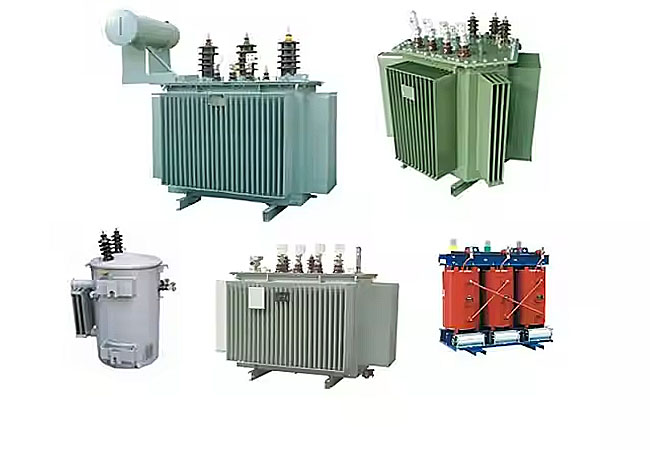
Step 2: Consider future load growth
Reserve margin:
Consider the possibility of future load growth and reserve a certain capacity margin (usually 10%-25%).
Step 3: Select the appropriate transformer capacity
1. Select the rated capacity of the transformer:
Based on the total apparent power and the reserved margin, select a transformer with a standard rated capacity.
Transformer capacity usually has standard specifications, such as 50 KVA, 75 KVA, 100 KVA, 150 KVA, etc.
2. Verify the short-term overload capacity of the transformer:
The transformer can withstand a certain overload operation in a short period of time.
How to select the transformer capacity
Step 4: Consider other factors
1. Voltage level:
Determine the input and output voltages of the transformer to match the needs of the power system.
2. Cooling method:
Select an appropriate cooling method according to environmental conditions, such as oil-immersed or dry-type transformers.
3. Efficiency and loss:
Select high-efficiency, low-loss transformers to reduce operating costs.
4. Environmental conditions:
Consider the environmental conditions of the installation site, such as temperature, humidity, ventilation, etc.
5. Economy:
Balance the initial cost and operating cost of the transformer and choose the most economical solution.
Transformer capacity selection and calculation
Example calculation
Assume that the total active power demand of an industrial facility is 500KW, the power factor is 0.85, and the future load growth is expected to be 20%.
1. Calculate the total apparent power:
Total apparent power (KVA) = 500KW/0.85 = 588.24KVA
2. Reserve margin for load growth:
Future apparent power (KVA) = 588.24KVA × 1.20 = 705.89KVA
Future apparent power (KVA) = 588.24KVA × 1.20 = 705.89 KVA
3. Select transformer capacity:
Select a standard capacity transformer close to or greater than 705.89KVA, such as 750 KVA.
By comprehensively considering factors such as load demand, future growth, environment and economy, you can select a suitable transformer capacity to ensure the reliability and economy of the power system.
ZTELEC GROUP Transformer, established in 1958, is a well-established player in the power industry. Our primary focus lies in the production of HV converter transformers, complemented by our expertise in manufacturing oil transformers (≤35kV), dry-type transformers (≤35kV), mining transformers, box-type transformer substations, and other specialized variants. In order to enhance our customer service, we introduced comprehensive ranges of high and low voltage switchgear products in 2008. Our portfolio of electrical equipment and supplies encompasses medium-high and low voltage switchgear systems, as well as engineering and machinery support equipment, etc. We extensively support industrial and commercial, mining, hospitals, schools, and the power allocation of the new energy development.
You may also find these interesting:
